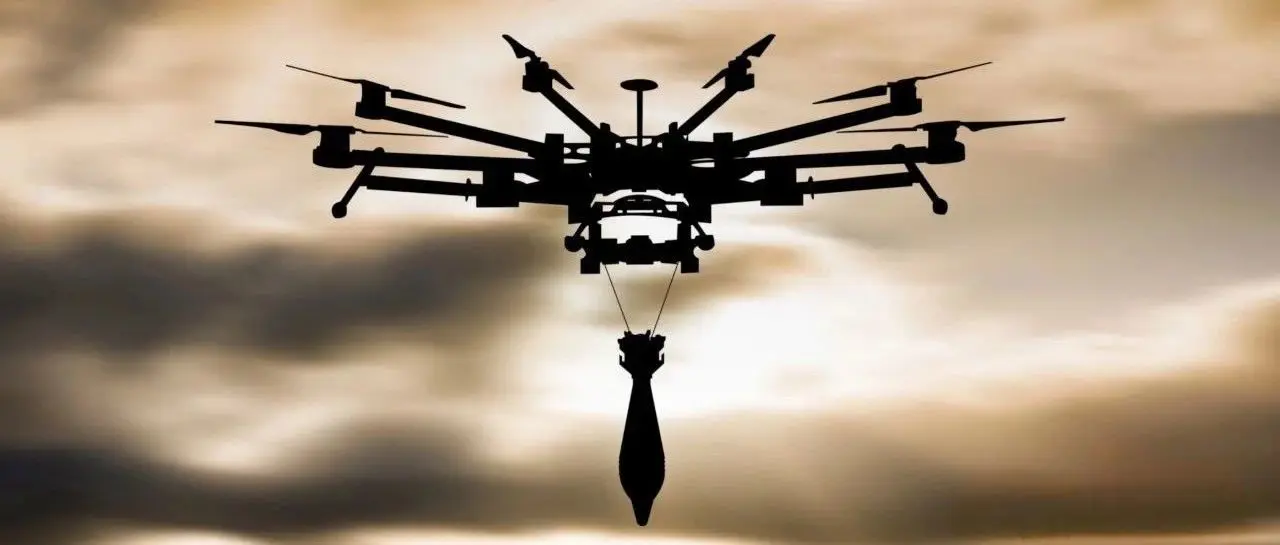On the third anniversary of the Russia-Ukraine conflict, let's summarize the "key weapon terms" →

Today marks the third anniversary of the Russia-Ukraine conflict. Over these three years, the nature of warfare has evolved amid the smoke of battle. Why have fighter jets been grounded? How are tanks surviving? In what ways are low-cost weapons rewriting the rules? Through an in-depth analytical model, we examine the transformation of military equipment in this conflict👇👇👇
Provide "weapon keywords"
关键词一:低成本精确革命
DeepSeek深度思考:滑翔炸弹对抗百万导弹。冷战库存炸弹+廉价滑翔套件=高精度“穷人的导弹”。从百公斤级到三吨“拆楼神器”,俄军以白菜价实现载机零风险轰炸,将乌军地下工事炸成露天废墟。2024年2月,俄军攻克乌东重镇阿夫杰耶夫卡。乌军前线部队指挥官谈及失守原因时称,俄军苏-34战斗轰炸机每天投下60~80枚滑翔制导炸弹,导致乌军缺乏可供防守的掩体。
关键词二:“过气明星”M1
DeepSeek深度思考:曾经号称地表最强坦克的美军M1“艾布拉姆斯”主战坦克,成为“过气明星”。30年未升级的美式重甲,被俄军无人机和反坦克导弹打成筛子。机械化装备若无信息化升级,则难以适应现代战场。2024年2月,乌军的美制M1“艾布拉姆斯”主战坦克在前线露面,然而其刚一露头就遭击毁。当时,M1“艾布拉姆斯”主战坦克没有任何顶棚或附加装甲等防御无人机措施。至2025年2月上旬,美国提供给乌克兰的31辆M1“艾布拉姆斯”主战坦克已有至少19辆被击毁、遗弃或俘获。
关键词三:无人艇颠覆海战模式
DeepSeek深度思考:狼群战术+夜间突袭,低成本无人艇猎杀高价值战舰,还首开无人艇打直升机纪录,使得非对称作战取得成效。这种作战方式改变了传统海战的规则。2024年2-3月,乌军无人艇对俄黑海舰队发动密集袭击。“伊万诺沃人”号导弹艇等被乌军无人艇击沉;俄黑海舰队39艘舰艇中已有13艘被击沉或失去战斗力。此外,乌军无人艇还使用高射机枪和导弹攻击俄军直升机,甚至在2024年底用R-73导弹击落了一架米-8直升机。
关键词四:乌军首用美导弹系统袭击俄本土
DeepSeek深度思考:乌军“海马斯+ATACMS”实现对别尔哥罗德、罗斯托夫等俄本土目标的精确打击,迫使俄军防空系统后撤。2024年11月,乌军使用6枚美制ATACMS“陆军战术导弹系统”袭击了俄罗斯境内布良斯克州一处设施。有消息称,本次袭击是美国决定允许乌克兰使用美国制造的武器袭击俄罗斯境内后,俄境内目标首次遭美制导弹袭击。
关键词五:土法堡垒“龟壳坦克”
DeepSeek深度思考:焊钢板、挂铁丝、顶“烤肉架”,俄军装甲兵用废铁堆出无人机克星。当高科技遭遇战场现实,原始改装竟成性价比最高的生存法则。俄军前线部队发明了“龟壳坦克”,这些身披钢板“房子”、装有扫雷犁的坦克于2024年春季开始在乌东前线出现。俄军以它们为前锋,在雷场中为后续车队开路,同时还能抵御一些自杀式无人机的攻击。
关键词六:机器人军团首战
DeepSeek深度思考:扫雷车开路、自爆卡车冲锋、补给车殿后,无人伤亡的乌军机器人连队冲入前线。当血肉之躯退出火线,智能战争已揭开序幕。2024年在乌克兰出现了一场参战一方全部是无人兵器的战例。在战斗前,乌军无人机对村庄周边的地形、俄军的兵力和火力部署进行了详尽的侦察。随后,有无人车悄悄进入到战斗位置,使用车载机枪和自动榴弹发射器向俄军猛烈开火。
关键词七:光纤刺客
DeepSeek深度思考:光纤传输+高精度传感,拒绝电子干扰——光纤无人机专挑坦克散热窗“点穴”,战争进入“一克炸药也要定制弹道”的时代。2024年春季,互联网上开始出现俄军使用光纤遥控无人机的视频。随着时间推移,俄军对光纤无人机的运用也愈发熟练,可以从敞开的门窗钻入房屋内,也可以飞进敞开的步兵战车尾门,甚至击中高速移动的轮式战车。
关键词八:导弹威慑常态化
DeepSeek深度思考:6枚10马赫分导式弹头+常规战斗部,俄用“榛树”导弹发出战略威慑信息。北约提供的反导系统尚未反应,乌军设施已成焦土——先进弹道导弹的“常规化”使用正在瓦解传统防御规则。2024年11月,俄军向乌克兰第聂伯罗州军事目标发射了一枚未搭载核弹头的“榛树”新型导弹。俄总统普京称,“榛树”导弹飞行速度可达10马赫,“目前没有反导系统可以拦截”。
How was the summary? What do experts think about the in-depth analysis of equipment related to the Russia-Ukraine conflict? Military commentator Wei Dongxu said, "I very much agree with some of the conclusions drawn." The summary points out that during the Russia-Ukraine conflict, through low-cost modifications, relatively "clumsy" bombs have been turned into "smart" bombs, which indeed represents a "low-cost precision revolution" in essence. The summary's description of the "debut of robot armies" suggests that the extensive use of unmanned platforms has brought robotic warfare to the Russia-Ukraine conflict in various forms. This mode of unmanned combat signals that the era of robotic warfare has already begun.
How to view the weapon transformations in the three years of the Russia-Ukraine conflict? Military expert Du Wenlong stated that over the three years of the Russia-Ukraine conflict, there are several noteworthy points regarding weaponry and equipment: the mode of combat determines the use of weaponry and equipment. If the military operation is aimed at capturing cities and territories, it must proceed steadily, utilizing traditional weaponry and equipment to carry out various strikes, ultimately achieving occupation. New types of weaponry and equipment are transitioning from the periphery to the center stage of warfare. Technologies such as drones and the powerful cruisers of the Black Sea Fleet have had significant effects on the evolution and advancement of military operations. Long-range weaponry and equipment, including high-end weaponry, still have their place in combat operations. For instance, missiles like the "Hazelnut" have nearly pushed the entire military operation to its peak. This also illustrates that the battlefield environment serves as the best testing ground for weaponry and equipment.
When will the ceasefire take place? Where is the Russia-Ukraine conflict headed? When can Russia and Ukraine achieve a ceasefire? Wei Dongxu suggests that there are roughly two scenarios for a ceasefire. The first scenario is when one side gains a significant military advantage, forcing the other side to the negotiating table to accept a ceasefire agreement. The second scenario involves both sides engaging in negotiations and strategic maneuvering under external mediation, potentially leading to a situation where fighting and talking occur simultaneously. Du Wenlong points out that the U.S. appears to be the biggest beneficiary in the Russia-Ukraine conflict so far. Not only has it converted all military aid and funds provided to Ukraine into so-called "mineral agreements" worth billions of dollars, but it has also pressured European and Nordic countries to achieve self-reliance in defense. This indicates that the possibility of resolving the Russia-Ukraine conflict through negotiations is rapidly increasing.
Three Years into the Russia-Ukraine Conflict: "Weapons in Perspective" presents a special three-episode series, taking you straight to the front lines to analyze the new weapons and tactics in the conflict. Tune in daily from [Month] [Date] to [Date] on the National Defense and Military Channel. Stay tuned for more exciting content.

